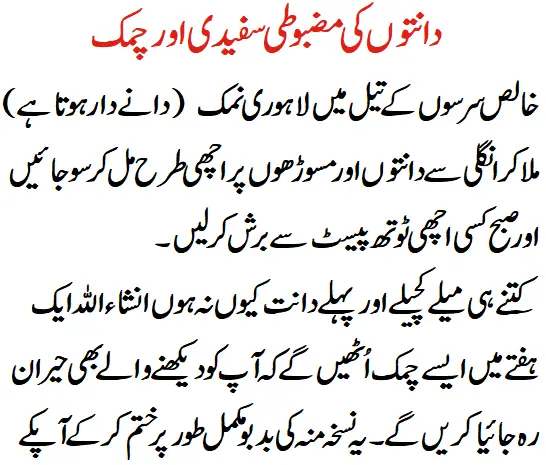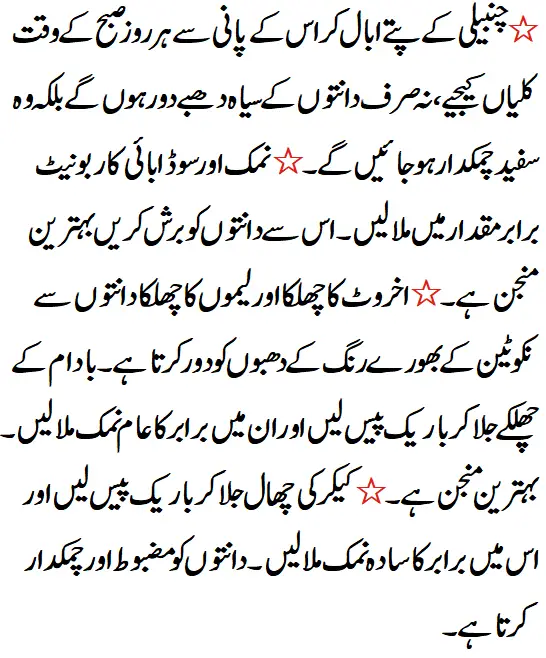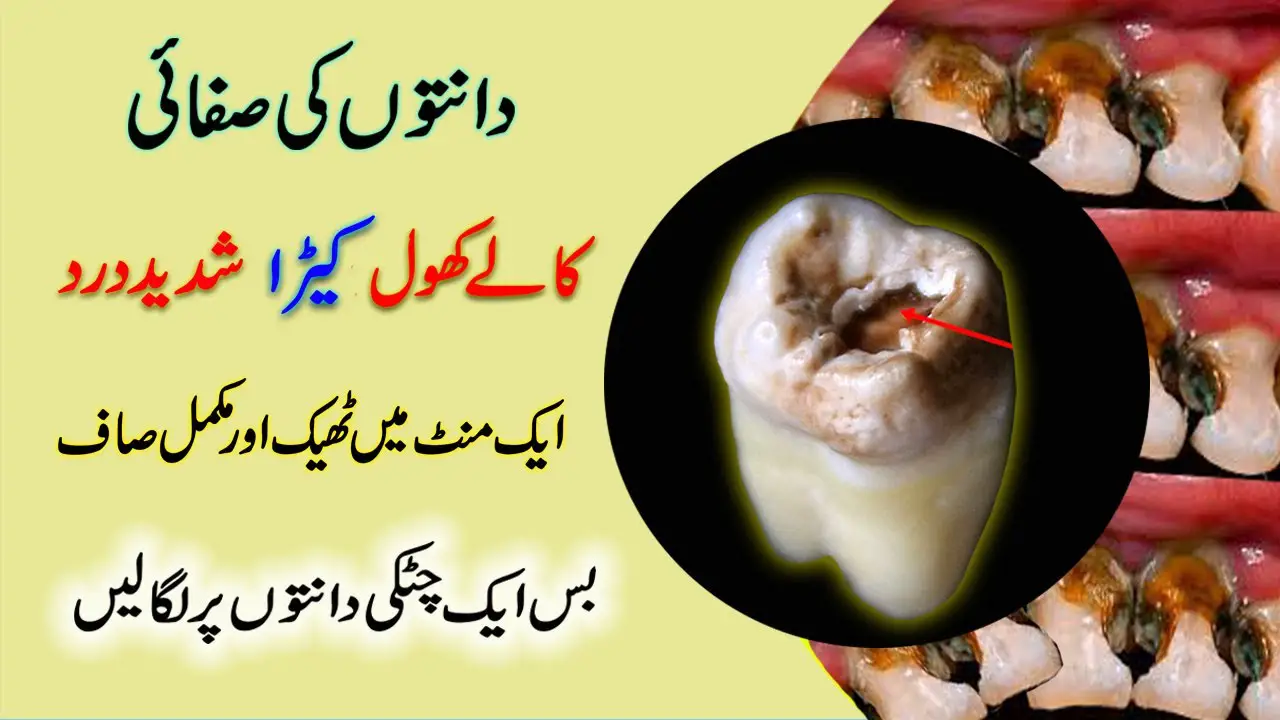
Dental cleaning is a common and important dental procedure that helps to maintain good oral hygiene and prevent gum disease and tooth decay. Dental cleaning involves removing plaque and tartar from the teeth and gums, as well as polishing the teeth to make them smooth and shiny.
There are different types of dental cleaning, depending on the level of plaque and tartar buildup and the condition of the gums. The most common type is a routine or prophylactic cleaning, which is usually done every six months or as recommended by your dentist. This type of cleaning is suitable for people who have healthy gums and minimal plaque and tartar.
Your Essential Guide to a Healthy Smile (Urdu)






Deep Cleaning:
Another type of dental cleaning is deep cleaning, also known as scaling and root planing. This type of cleaning is more intensive and goes under the gums to remove plaque and tartar from the roots of the teeth. This type of cleaning is usually done for people who have signs of gum disease, such as bleeding, inflammation, or receding gums. Deep cleaning can help to stop the progression of gum disease and restore the health of the gums.
Types of Dental Cleaning
1. Routine Cleaning (Prophylactic Cleaning)
- Recommended every six months or as advised by your dentist
- Suitable for individuals with healthy gums and minimal plaque/tartar buildup
2. Deep Cleaning (Scaling and Root Planing)
- Intensive cleaning targeting plaque and tartar beneath the gums
- Recommended for signs of gum disease like bleeding, inflammation, or receding gums
Benefits of Dental Cleaning
- Removes main causes of tooth decay and gum disease (plaque and tartar)
- Prevents bad breath caused by oral bacteria
- Enhances smile appearance by removing stains and brightening teeth
- Early detection of oral problems (cavities, infections, oral cancer)
- Saves time and money by avoiding complex dental treatments
Factors Affecting Cost
- Type of cleaning (routine or deep)
- Location and reputation of the dental clinic
- Experience and qualifications of the dentist
- Extent of plaque and tartar buildup
- Need for anesthesia or sedation
- Dental insurance or discount plans
Estimated Costs
- Routine cleaning: $75 to $200
- Deep cleaning (per quadrant): $150 to $300 (Quadrant = one-fourth of your mouth)
Note: Costs are estimates and may vary based on individual circumstances. Consult your dentist for an accurate quote.
Dental Cleaning Procedure
Dental Exam
Examination of teeth and gums using mirror, probe, and X-rays if necessary.
Identifying signs of decay, infection, gum disease, or other oral issues.
Scaling
Removal of plaque and tartar using a scaler or curette.
May utilize manual or ultrasonic scaler for effective deposit removal.
Root Planing (For Deep Cleaning)
Smoothing of tooth roots using a curette.
Eliminates rough spots and aids gum reattachment.
Polishing
Use of rubber cup or brush with paste for stain removal and a smooth, shiny finish.
Fluoride Treatment
Application of fluoride gel or varnish to strengthen enamel and prevent cavities.
Home Care Instruction
Guidance on at-home dental care including brushing, flossing, mouthwash, dietary choices, and regular dental visits.
Post-dental Cleaning Care
Routine Cleaning: Resume normal activities and diet immediately.
Deep Cleaning:
Avoid eating/drinking for a few hours after treatment.
Stick to soft foods, and avoid hard/sticky/spicy foods for a few days.
No smoking/drinking alcohol for at least 24 hours.
Gently brush/floss around treated areas.
Use prescribed antiseptic mouthwash.
Schedule a follow-up appointment for a gum healing assessment.
Difference Between Dental Cleaning and Teeth Whitening
Dental Cleaning
- Preventive and therapeutic procedure
- Removes plaque and tartar, polishes teeth
- Enhances oral hygiene, prevents decay, gum disease, and bad breath
- Surface stain removal for improved smile appearance
Teeth Whitening
- Cosmetic procedure to lighten tooth color
- Removes stains and discoloration from enamel
- Aesthetic improvement, not for health or function
- Cannot change natural color or remove deep, intrinsic stains
Considerations
- Dental cleaning is recommended bi-annually or as advised
- Teeth whitening elective, for aesthetic purposes
- Dental cleaning before whitening for optimal results
- Various whitening methods, consult a dentist for the best option
Maintenance Tips for Teeth Whitening
- Avoid staining foods/drinks (coffee, tea, wine, berries)
- Quit smoking or tobacco use
- Regular brushing, flossing, and whitening product use
- Schedule regular dental check-ups and cleanings
Dental cleaning is a fundamental part of oral health. It can prevent many dental problems and complications like cavities, tooth loss, infections, pain, and systemic diseases. It can also enhance your quality of life by improving your appearance, comfort, and self-esteem. To maintain good oral health, you should brush your teeth twice a day, floss daily, use fluoride products, avoid tobacco and sugary foods, and visit your dentist regularly for check-ups and cleaning.






